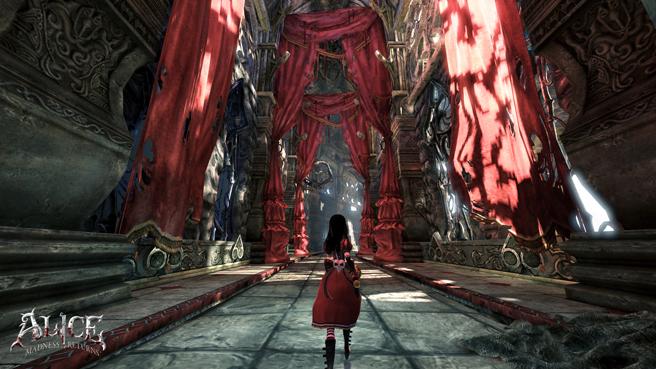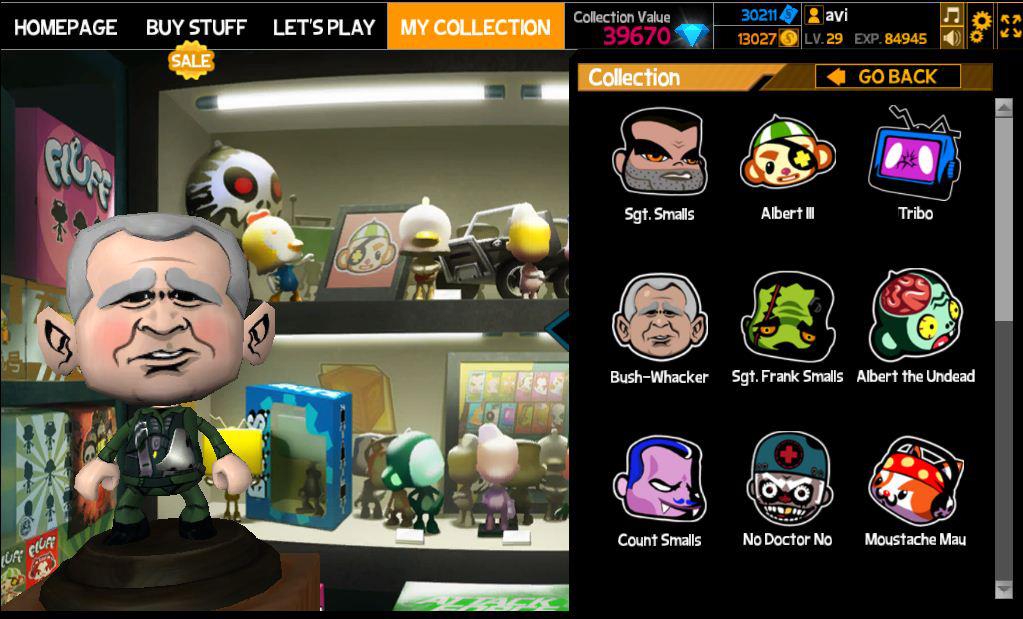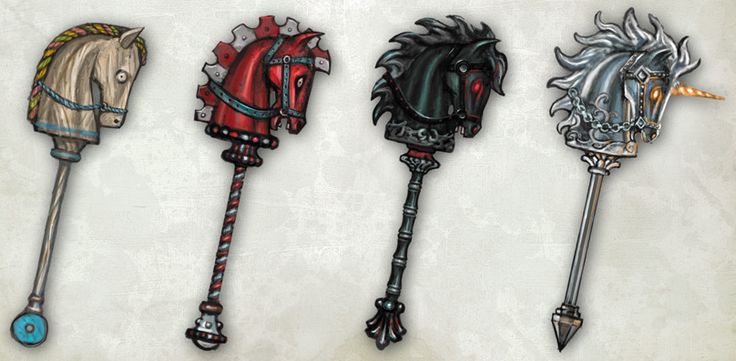I like to think that about half of 3DPI’s readers are also gamers. In general, there are some inextricable connections between the gaming industry and the 3D printing industry, not the least of which is the fact that both begin with digital 3D models. To best understand the possible connections between gaming and 3D printing, I leveraged some of my contacts from my previous life in the gaming industry to understand if and what synergies could be developed.
One person I really wanted to hear an opinion about this from was American McGee. He has been a game developer for almost two decades, which means that he’s squared off with multimillion dollar productions and even worked (and later partnered) with huge game publishers, such as Electronic Arts.
He rose to fame in the industry when he developed American McGee’s Alice, a dark and Gothic take on the classic Alice in Wonderland tale. This title, and the sequel which came out in 2011 (Alice: Madness Returns), is a cosplayer favorite, one more aspect that connects it to 3D printing.
American (yes, that is his real name) now lives in Shanghai, where he has established Spicy Horse, one of the largest game development houses in China, and created more game titles including the latest game in the Grimm series. He is not just a game developer, but also a maker.
“I am, like many people, fascinated by 3D printing,” he revealed, “I’d love to have something like the Formlabs Form 1+ resin printer at home… just to play around with. It would come in handy making parts for my various electronics, IoT, and art projects. The closest thing I currently have to play with is a CNC router connected to a Linux box… for milling wood, acrylic, and so on.”
He also agrees that there is a deep connection between 3D printing and video games: “It seems pretty obvious, but, when it comes to the large game publishers and developers of the world, it’s important to keep in mind that they are NOT in the business of risk-taking on new ideas. There are a few notable exceptions from time to time, but the history of ‘innovation’ in games is one filled with cratered projects and destroyed careers. Most would prefer to play it safe.”
In general, I observed that, of all the projects that try to truly take games in a different direction, perhaps only one out of a thousand (or ten thousand) makes it. The good news is that, when it does, it usually makes it big, like the Nintendo Wii or the interactive action figures from Activision’s Spyro. Nevertheless big game publishers have long given up on radical innovation, preferring to just build on their successes. When there are hundreds of millions of dollars involved, that is usually what happens.
Smaller game developers can sometime rise to the top with simple and innovative ideas, like Angry Birds, but that usually happens when there are some big trend shifts going on (for Angry Birds it was the switch to mobile platforms). Now, there is a shift going on toward physical 3D (which is similar to mobile in that it takes games away from and out of TV screens). However, it may still take sometime before it truly takes hold.
“We actually explored the idea of 3D printed toys being connected directly into one of our games, BigHead BASH,” says American McGee. “We went so far as to have some of the in-game models printed in full-color. Nice results. The ultimate stumbling block was cost (both for manufacture and shipping), plus the legal issues… what if someone’s kid chokes on one of these toys?”
This is a path also tried by companies such as FabZat, but there is one aspect that game developers (and many people in the 3D printing industry) must definitely consider. American McGee very realistically points it out. “As game makers, before getting into merchandising and diversifying business models, first you need to have successful game! It’s pretty hard to achieve a solid success in our industry… tens of thousands of new games flood the market each week. Most developers just don’t have the bandwidth (time or money) to spend on something that may or may not add to the success of their product.”
“So, yeah, I’d love to see the intersection of 3D printing and games,” American concludes. “Someone will eventually figure it out – and it’ll be huge. Between now and then a lot of people will ‘die’ trying.” It just might be a worthy cause to die for.”







